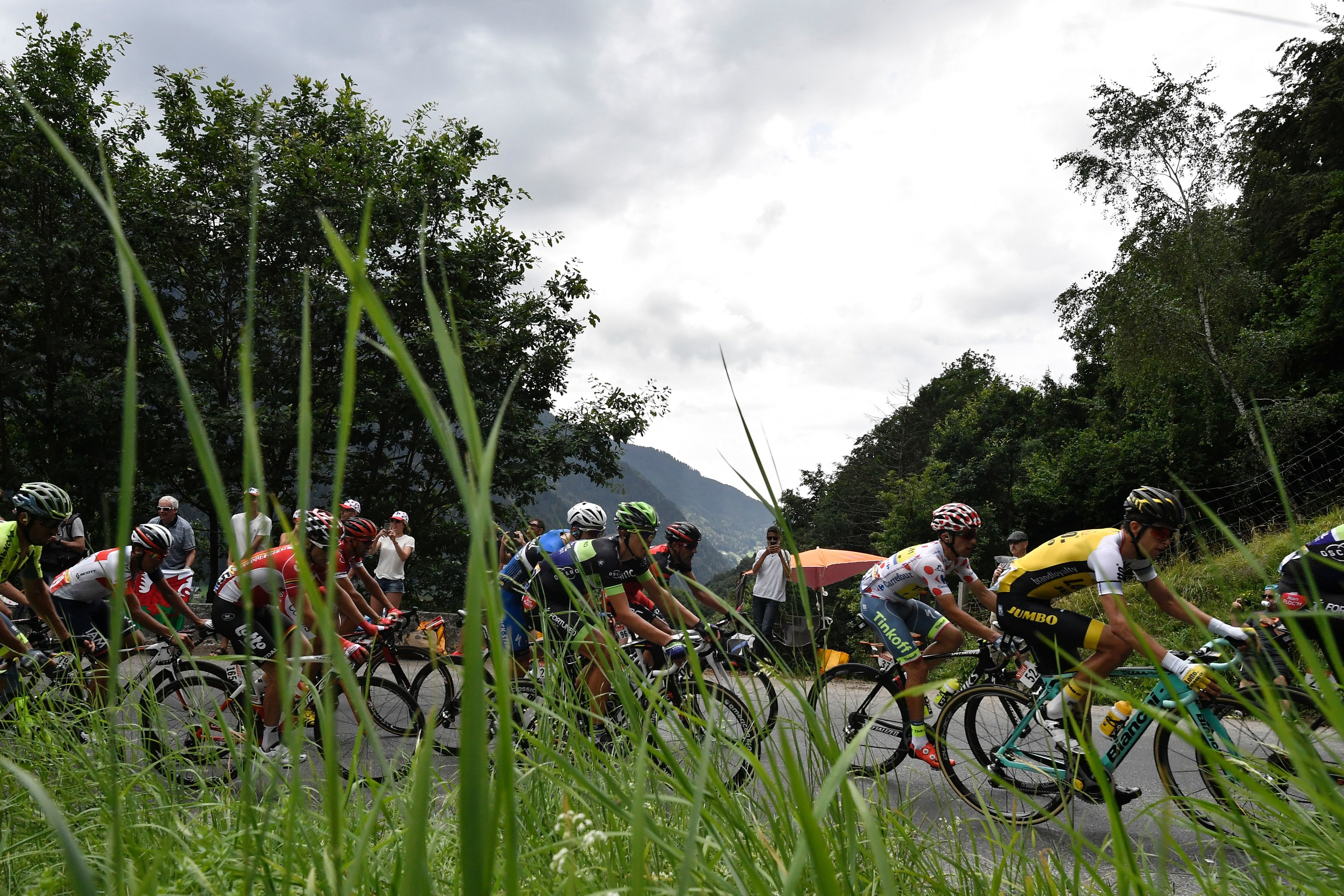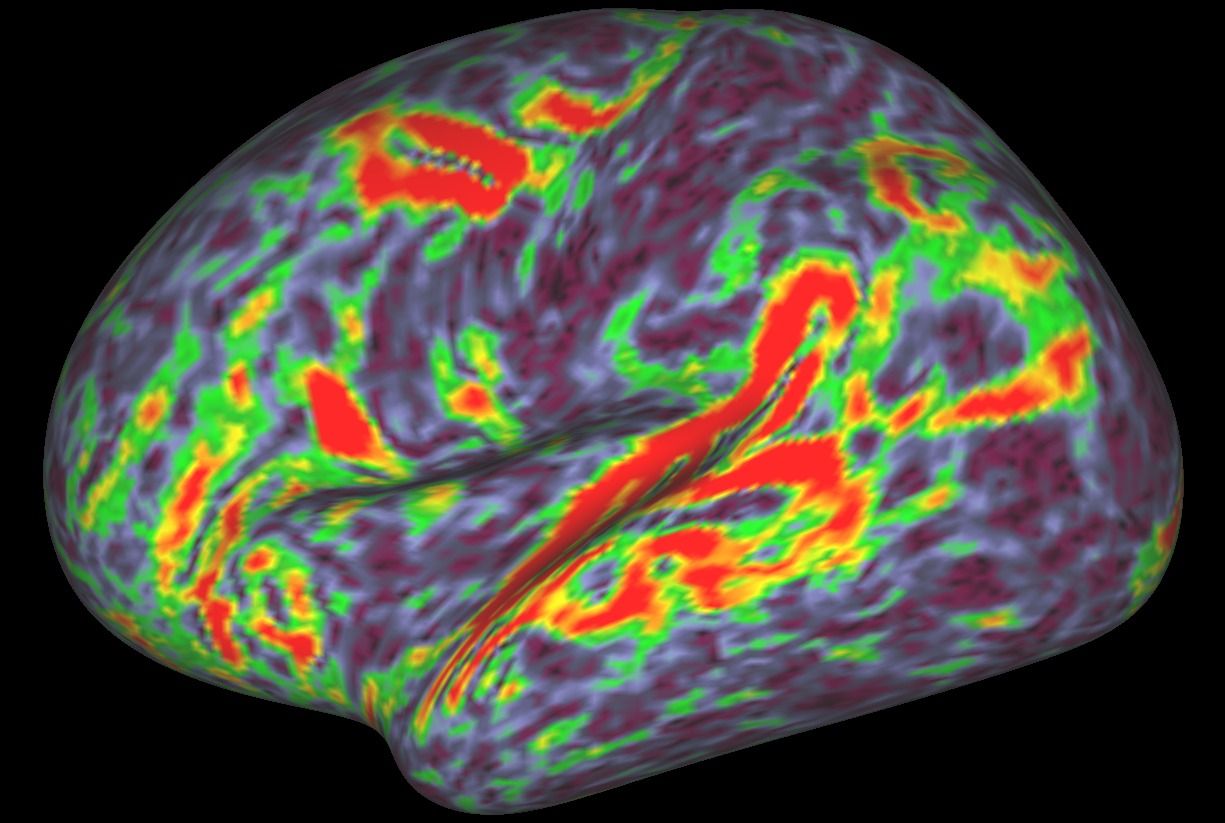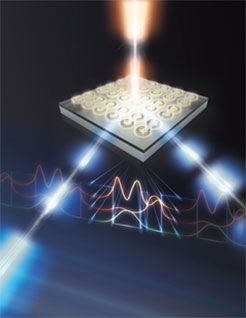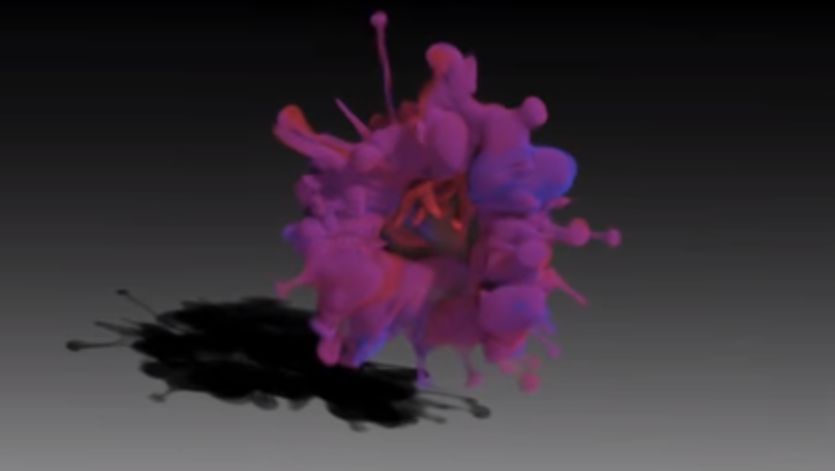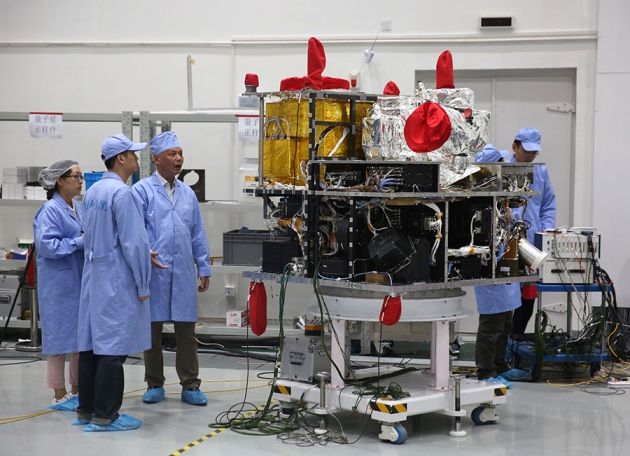Jul 28, 2016
Why Virtual Reality Will Be the Most Social Computing Platform Yet — By Kyle Russell | Andreessen Horowitz
Posted by Odette Bohr Dienel in category: virtual reality
“The key to understanding why “social VR” will be important is to think about virtual (and augmented) reality as a computing platform, rather than as a PC peripheral for gaming.”

